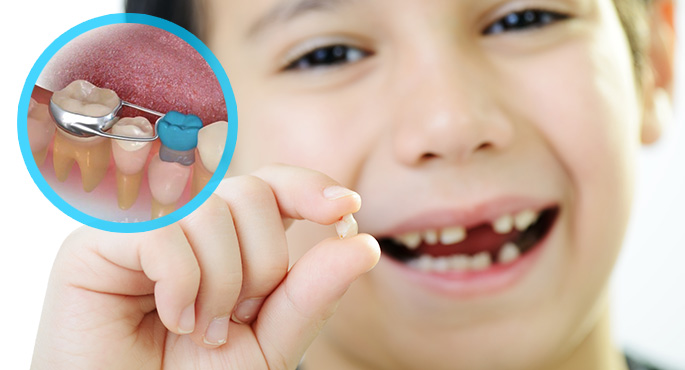In cases where milk teeth are extracted earlier than they should fall out, space maintainers should be placed immediately after extraction to prevent deterioration of the tooth structure and to ensure that future permanent teeth emerge properly.
Space maintainers can be designed as movable or fixed, depending on the location of the extracted tooth, how many teeth are extracted, and the age of the child.
Movable placeholders are placeholders that the child removes and wears during meals and must be cleaned by the parent. Since children’s adaptation capacity is quite high, they easily get used to placeholders and can generally be used easily. Placeholders can be planned in various colors and designs to increase children’s compliance with treatment.
There are several different types of fixed space maintainers. They are attached directly to the teeth with special adhesives and cannot be removed by the patient himself.

ORTHODONTIC APPARATUS
Functional appliances used in the treatment of jaw disorders seen at early ages play a major role in the development of the jaw. The main purpose of functional appliances is to transmit muscle force to the bone and thus create a healthy jaw form. Thus, the growth between the jaws can be harmonized.
In addition, habit-breaking devices should be used for children who have harmful habits such as thumb sucking, tongue thrusting, mouth breathing, and lip sucking in order to prevent these habits from damaging the skeleton and dental structure.
CHILDREN’S PROSTHESIS
In cases where many teeth are extracted due to caries in the early period, or when children lose teeth or have no teeth due to some diseases, child prosthetics should be applied. However, children’s dental prostheses differ from adult prostheses. Because prosthetics should be applied by taking into account children’s nutrition, active lives and psychology.
Special dentures for children are prepared by the pediatric dentist to prevent development from being affected by nutrition, especially in developing children. What parents need to pay attention to is that these prostheses must be constantly rearranged according to the jaw size, which changes with the age of the child. For this reason, it is important that children’s prostheses are made by pediatric dentists who know the anatomical structure of children very well.